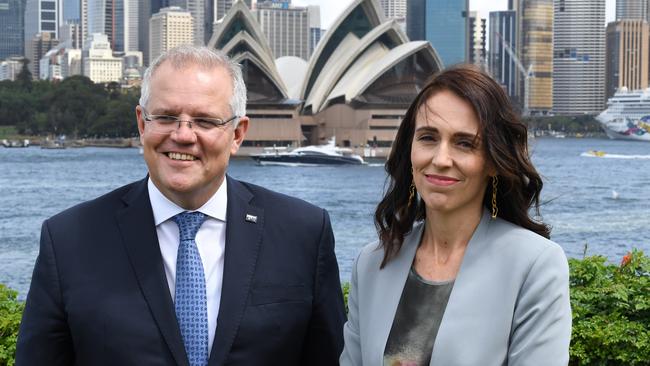
“The lockdown is the best way to stop the virus and it is also the best thing for our economy by making the pain as short as possible,” the NZ Prime Minister declared on Sunday.
NZ and Australia have adopted radically different strategies to beat COVID-19. Ardern’s sledgehammer is the tool many have been urging Scott Morrison to adopt. The Australian Prime Minister has resisted, preferring social-distancing laws that minimise restrictions on economic activity.
“Now, if you ask me who is an essential worker?” he told a press conference the day before the NZ lockdown came into force. “Someone who has a job. Everyone who has a job in this economy is an essential worker. And that means they will need to continue to be able to send their children to school.”
It may be some time before Morrison’s critics will acknowledge that he has handled the COVID-19 pandemic somewhat better than they predicted. A little over a fortnight ago, University of NSW dean of medicine Vlado Perkovic predicted the number of confirmed Australian cases could reach 8000 within two weeks and 32,000 in three. On Saturday the number of confirmed cases was 5548 and the rate of increase slowing. It is three months since Australia’s first known carrier landed in Sydney, 17 days before the first confirmed arrival of the virus in Italy. Yet the death rate from COVID-19 in Australia stands at just 1.2 per million people while in Italy it is 256.
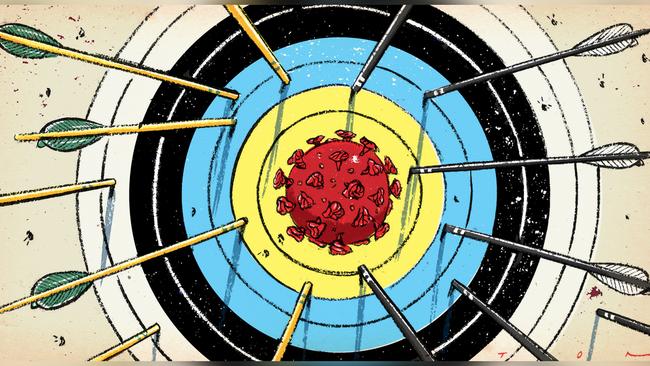
The different paths chosen by Ardern and Morrison reflect their philosophies. Arden puts her faith in the paternalistic state. The grown-ups command and the economy obeys.
Morrison, on the other hand, has chosen the liberal approach with its inclination to make incremental steps towards a goal rather than heroic leaps into the unknown. If there were ever a time for the liberal approach, it is now. The COVID-19 pandemic presents a wicked policy challenge riddled with variables, imperfect information and no determinable end point.
The tension between public health goals and economic objectives cries out for a compromise, yet the two are inseparable. Social distancing and isolation put the brakes on the economy. Taking the restrictions away could swamp our health service.
The idea that we can bring business activity to an abrupt halt and wait for the virus to clear ignores the knock-on effects and the increasingly complex web of interdependency between businesses. It ignores the risk that businesses won’t restart.
Allowing normal economic free movement, on the other hand, means the virus also will run free, putting the elderly and sick at risk. Lifting the current restrictions, too, would send the wrong signal to the country, which is largely obeying the guidelines.
The Prime Minister began to navigate the gentle curve from pessimism to optimism on Friday when he hinted that the health modelling showed signs of the curve flattening to a level the country can manage until a medical solution arrives. The government is tilting towards a more targeted response to the virus, supplementing the social-distancing rules with extra measures to protect the elderly and the sick.
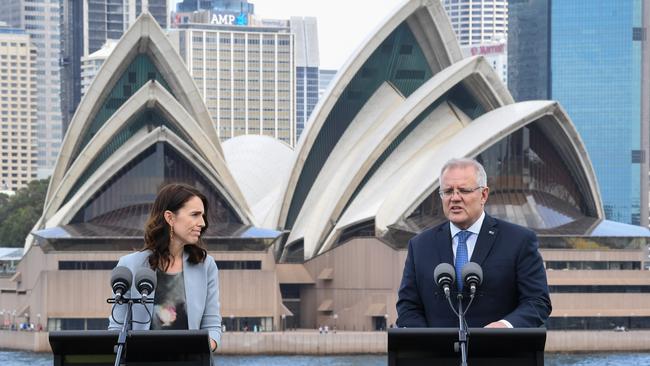
By saving someone in their 80s from contracting the virus, you are probably 20 times more likely to save a life than if you keep a backpacker on Bondi Beach virus-free. One way or another, commercial activity has to resume to as close to normal as possible. Independent modelling not yet finalised shows an economic loss of more than $500bn and a 1.2 million rise in unemployment if the current measures stay in place for six to nine months.
It is also showing that the effects of an NZ lockdown would be considerably worse, creating more economic damage in the short term from which it would take longer to recover.
Prolonged community isolation is to be avoided for reasons other than economic. Higher rates of domestic violence, mental health issues and suicide are some of the consequences we can expect. Panic and uncertainty put their own constraints on economic activity, lowering business and consumer confidence and delaying non-essential spending.
When asked by Roy Morgan pollsters last week if things would get worse before they got better, 85 per cent said yes.
On the current trend, they are almost certainly wrong, as least when it comes to the virus. The economy, however, is another thing altogether.
Nick Cater is executive director of Menzies Research Centre.


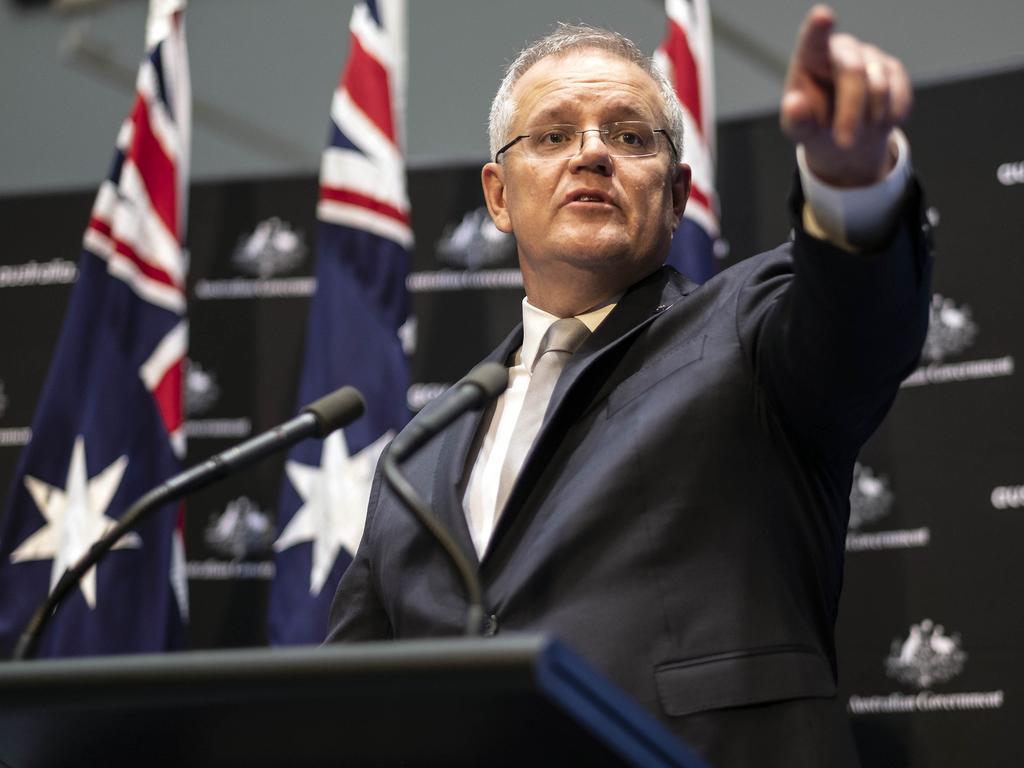

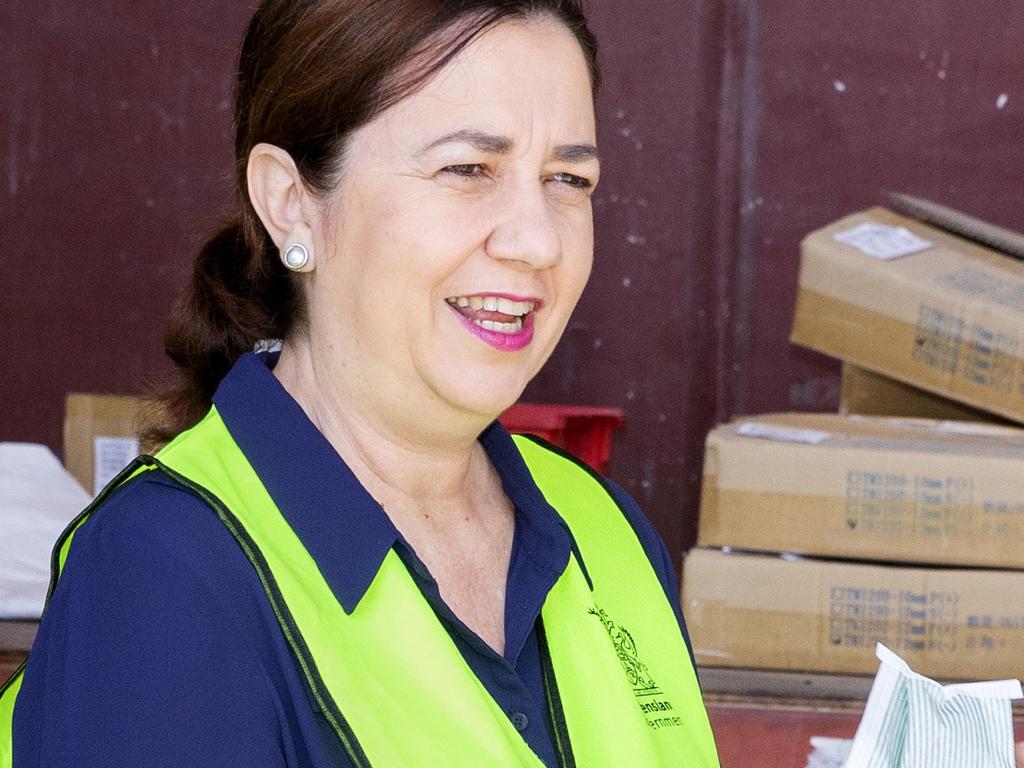
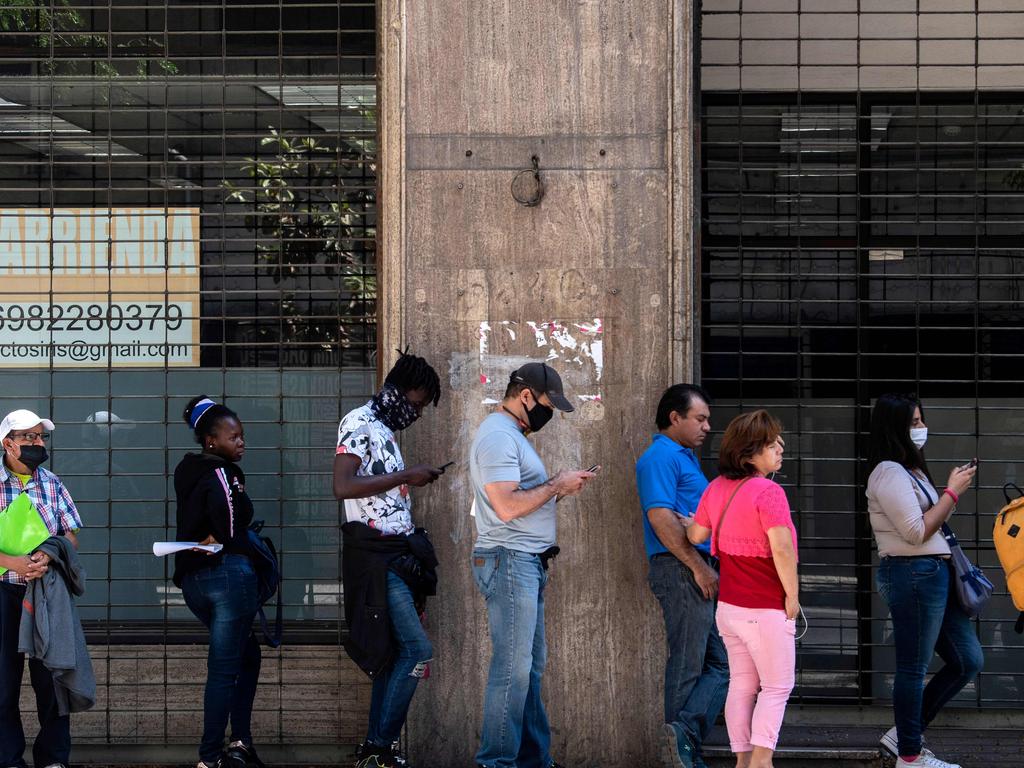


It is two weeks since Jacinda Ardern closed New Zealand for non-essential business, claiming that a hard, early lockdown was the surest way to defeat the coronavirus. On Friday the country’s Chief Medical Officer signed an order that classed sexual intimacy as non-essential. Gardening or home decorating is out, since hardware stores and garden centres are closed to the public, if not yet to tradesmen. Home delivery of takeaway food has been stopped.